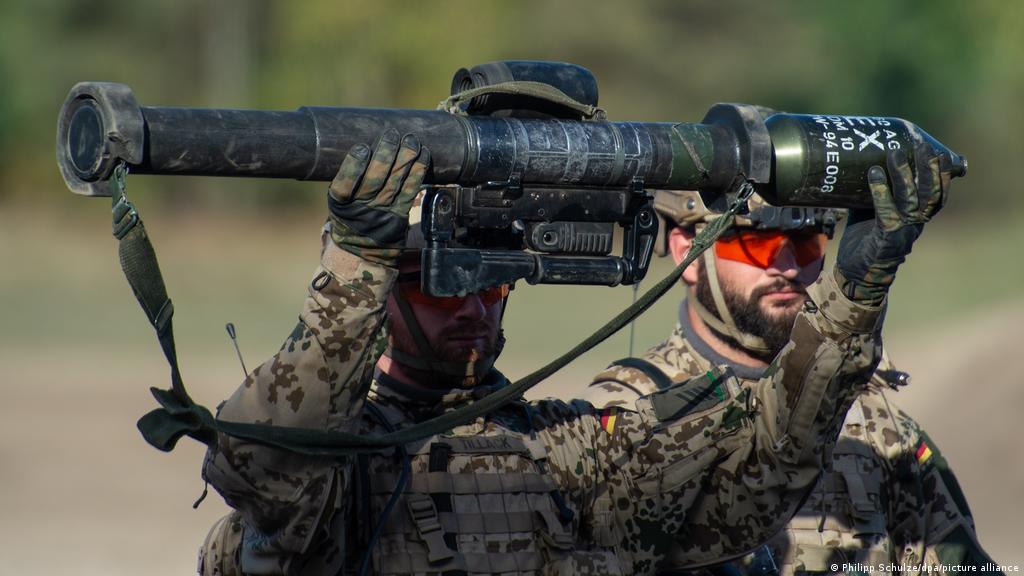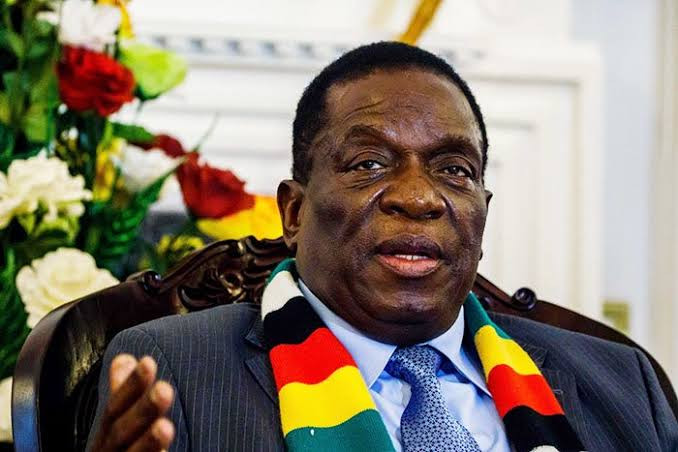
Everybody is on hair-trigger alert, and the only communication between the two sides is by invective: North Korea has shut the “hot line” down. So suppose there is a local clash somewhere along the DMZ, the demilitarised zone between the two countries that follows the 1953 ceasefire line, or at sea along the disputed maritime frontier. Suppose it escalates: such things sometimes do. What would a full-scale war between North and South Korea look like?
We are always told that North Korea has the fourth-largest army in the world, that it has heavy artillery within range of the South Korean capital, Seoul (which it promises to turn into a “sea of fire” in case of war), and that it probably has nuclear weapons. So would an inter-Korean war be a calamity? Yes, but mainly for the North.
North Korea’s weapons are a long way from being state-of-the-art. Its airforce is a flying scrapyard: around 400 Russian MiG-17, MiG-19 and Mig-21 fighters or their Chinese equivalents (all designs that first flew in the 1950s or 60s), and only three dozen relatively modern Mig-29s that are reserved for the air defence of Pyongyang. It also has around 200 ground attack aircraft, most of them equally antiquated.Imagine that Kim Jong-il gives the order, and the North Korean guns open up on Seoul. The million-man army (half of which is kept within a few hours’ drive of the DMZ) heads south, and the bulk of the obsolete airforce takes off to support them. Meanwhile, a shower of short-range ballistic missiles, similar to the old Soviet-made scuds, lands on air bases
and command centres throughout South Korea.What happens next depends on whether or not North Korea is using only conventional weapons. If it is, then the attack fails quite fast. The North Korean airforce is easily shot out of the sky, counter-battery fire and air strikes destroy the artillery that is firing at Seoul, most of the scud clones miss their targets, and the North Korean divisions heading south across the DMZ are shredded by air power.
No modern army can survive without air cover: the ability of aircraft to kill ground targets with high accuracy and in large numbers had grown a hundredfold since the Second World War. The South Korean and US airforces have around 600 modern military aircraft available in South Korea, and the US can reinforce that number almost without limit in very short order.
A few hundred thousand North Koreans and a few tens of thousands of South Koreans would die in the fighting, but nothing else of great moment would happen. It’s not even likely that there would be a major counter-attack into North Korea. Nobody would want to upset the Chinese by invading North Korea; better to leave the Pyongyang regime to fall of its own weight after being humiliated by defeat.But that’s what would happen if the North Koreans used only conventional weapons. Whether or not they have working nuclear weapons, they undoubtedly have chemical and biological weapons in profusion. Wouldn’t they use them? They almost certainly would.
- Chamisa under fire over US$120K donation
- Mavhunga puts DeMbare into Chibuku quarterfinals
- Pension funds bet on Cabora Bassa oilfields
- Councils defy govt fire tender directive
Keep Reading
That would make the bombardment of Seoul a much uglier affair, since civilians would have little protection against nerve gas or lethal bacteria, but it wouldn’t have much effect on the military outcome. The soldiers on both sides would have adequate protection, and their operations would be equally hampered by the presence of such agents.
Nuclear weapons are a different matter, but it’s far from certain that North Korea has any operational ones –– that is, ones that would work reliably, cause an explosion at least in the kiloton range, and are small enough to fit inside a bomber or on top of a missile. More to the point, for North Korea to use such a weapon would be suicidal.
The nuclear retaliation of the United States would be rapid and overwhelming, and would effectively exterminate the entire regime (together, unfortunately, with a lot of other people). But since the North Koreans must know that, they would never act in a way that would bring that fate upon themselves. Nuclear deterrence works.
So why did the North Koreans act so irrationally in sinking the Cheonan, if indeed they did? Nobody really knows, although they have long cultivated a reputation for dangerous unpredictability by doing such things, big enough to be shocking but not so big as to cause an actual war. Barring an accident, this event will not cause one either.
But you can’t help wishing that the “independent investigators” that Seoul invited to look into the Cheonan’s sinking had not all been American, British, Australian and Swedish. Couldn’t they have asked at least a few Asians to participate? In fact, why didn’t they ask the Chinese to take part? They would have found it hard to say no.
=Dyer is a London-based journalist.
Gwynne Dyer










